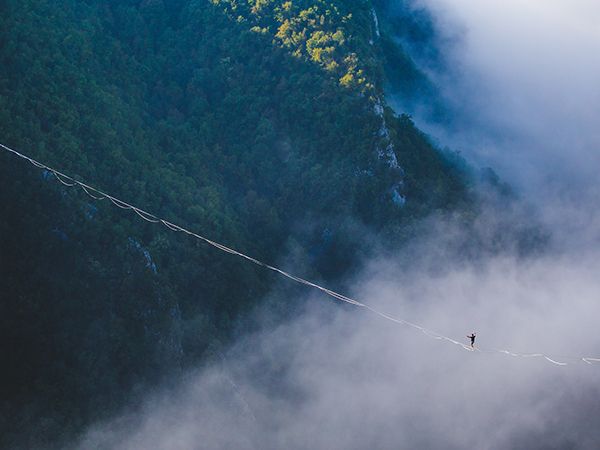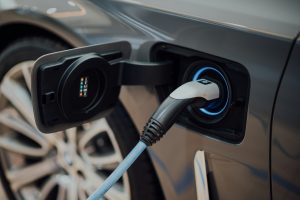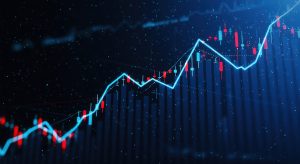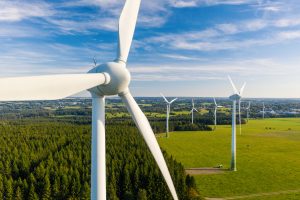Fear - believe it or not?

Fear. At one time or another in our lives we will be partially or completely paralysed by it. It’s a primeval instinct that kicks in when we feel threatened – emotionally or physically – and is rooted in human evolution. Fear in and of itself is a necessary function; it is a legitimate response based on our desire to survive. It is both cerebral and physical. Fear can, left unchecked and uninterrogated, become a straitjacket of behaviours from which there is little hope of escape. Fear can lead us to do things that appear irrational, short-termist and counterproductive, especially given how far humanity has evolved and the nature of the perceived threats we face today. What was developed as a self defence mechanism in a time of heightened physical threat, has not evolved as much as society has, and our collective ability to interrogate it even less so. Fear is an integral part of life, and as such, it is important that we understand it and learn how to work with it. Now more than ever, it seems important that we have this discussion. We must learn to listen to its voice and sit in dialogue with it, but also have the confidence to not always allow it a vote in the decisions that we make.
The last few weeks have shown us on an unprecedented and global scale how fragile our existence is. COVID-19 has shown us socially, physically, emotionally, economically, the systemic weaknesses in our communities and our economies and made real for us the nature of the relationship we have with the ecological fabric we inhabit. It has been and will continue to be an unsettling time for us all. But what COVID-19 has also shown us is how we are able to respond immediately to threats that we can’t see, can’t hear, and can’t touch. Cognitive science teaches us that the human brain often struggles to assimilate threats that are non-human and pervade over time. COVID-19 is a non-human threat but it has been rapid and has, as a result, triggered a self defence mechanism in many of us. By contrast, the
Climate crisis
So, is the battle to tackle any crisis as much in our heads as it is in the solutions that may already prevail? Let us look again at the
Climate crisis
Climate crisis
So, how do we harness fear, anger, despair, hopelessness, etc and get people to engage with the problem and act? Scientists love a good formula. Climate psychologists are no exception and they argue for a simple I=tpn approach when devising policies and products; I being the Impact of behavioural change that is equal to its Technical potential to fix the problem, times the behavioural Plasticity required to comply with it, times the Number of people who will change behaviours. The beauty with this formula is that it is applicable to multiple different issues we face, not just climate. Let’s take sustainable and impact investing as an example. Finance is a tool through which we can access and deploy most of the solutions we need in the face of the many crises we face as a global community. Whether it’s the
Climate crisis
When we understand how fear and anger play out to create a lack of action or even denial, we can create policies, products and movements that recognise our fear but lead us to quickly and orderly respond (without hoarding the loo roll on the way out). It’s the Nudge Theory 101. Subtle shifts in policies and product that don’t penalise but that reward behaviour shift lead to
Systemic impact
This is why the future must be about Nudges, large and small, that help us sit with fear and anger but which drive us to respond in a healthy and appropriate fashion. And what is one of the biggest Nudges we have? Sustainable and impact investing. We could consider it the mother of all Nudges. Investing in the businesses that are future proofing their operations and products for the world we now face and the one we want to create, is investing in our future. It’s easy to do (plasticity). It leads to large scale change (technical). We can all do it (number). I=tpn . In these times of crises, let’s sit with our fear and our anger. Let’s recognise it for what it is. Let’s choose how we respond. And let’s give thanks and gratitude that we live in times where others are able to provide at least some form of safety net to encourage us to face down our fears and change our behaviours. And then let’s nudge ourselves onwards like we’ve never nudged before.




